|
I overlooked Mugwort (Artemisia vulgaris) for many years as an herbalist. It’s not super common in herbal texts and neither is it a very showy plant. But herbs have an uncanny ability to come to you exactly when you need them. This was Mugwort for me. I started growing her in my garden this past summer and soon realized that this seemingly humble plant is actually quite magnificent. My Mugwort grew to be about 5 feet tall with a firm stalk and stunning silver-green leaves that shimmer in the wind. She was constantly covered with pollinators and stayed lush during our lengthy drought when other plants withered. Though tiny, her dainty white flowers hold both a floral and woodsy aroma unlike anything I’ve smelt, yet also smelling like my childhood (or past lives?) at the same time. A plant I had erroneously perceived to be lack-luster is now a star in my herbal apothecary! Mugwort is lovely to use in teas, smoke blends, and incense, but I’m currently really enjoying her as an infused oil. Thus, this post. Below you will find a brief Materia Medica on Mugwort and a simple, foolproof recipe for an infused oil using fresh Mugwort aerial parts. Mugwort Materia MedicaName: Common Mugwort, Artemisia vulgaris (etymology: Artemisia from Ancient Greek "ἀρτεμισία" or "Artemis the goddess"; vulgaris from Latin "common") Family: Asteraceae Parts Used: aerial parts (leaves before flower for digestive support & antiparasitic activity; leafs, flowers, & seed heads after flowering for dreamwork); roots (fall harvest) Actions: antibacterial, antispasmodic, bitter, carminative, diaphoretic emmenagogue, mild nervine, vermifuge Uses: Mugwort should be considered for those who: - Deal with physical imbalances rooted in coldness, stuck-ness, stagnation - Want to explore shadow and/or dream work. Physically, Mugwort is a heater and a mover. Its warming nature is especially beneficial in bringing blood flow and nourishment to the lower organs: kidneys, gallbladder, liver, stomach, and reproductive organs. Moxabustion, the practice of applying a special preparation of dried Mugwort to certain meridian points, is commonly used in TCM used to dispel cold, strengthen Yang-Qi, remove stasis of the blood, and dissipate stagnation (PSA: if you deal with chronic constipation, try Moxa on your Stomach 36 acupressure point with a trained professional or someone you trust!) Mugwort, a close sister to Wormwood, carries a few properties that make it excellent for expelling pathogens (vermifuge) and revving up digestion (digestive stimulant). As a bitter, it's filled with compounds used traditionally to not only increases stomach acid and bile secretion, but also expel parasites and return homeostasis to the microbiome. Its astringent and drying nature also helps combat diarrhea often associated food poisoning or parasitic infections. As a antibacterial carminative, it also soothes gas, bloating, and digestive discomfort. Mugwort might have the most notoriety for its use in the dream world, where its been used for ages to help individuals connect with the subconscious/preconscious layers of themselves that often come out when we sleep. Mugwort has been used to induce lucid dreams, improve memory of dreams, or help one gain meaningful insight into dreams so they can integrate them into their waking life. Smoking a blend of Mugwort, taking the flower essence, drinking a weak tea, or simply putting a fresh sprig under your pillow can all induce these very real actions. Form: Tincture: 5-20 drops 2-3x/day or before meals; Infusion: Steep 1 tsp. dried herb in one cup boiling water, drink 2-3 times/day; Smoke blend: mix with lung tonics like Mullein and Marshmallow & smoke before bed to calm and prep for stellar dream work or to sooth tight, boggy lungs; Flower Essence: 1 df before bed for calming dream work Contraindications/Cautions: Not recommended for pregnant (abortifacient qualities due to stimulating/moving nature) or nursing women or those with known allergies to Aster family plants Mugwort Oil |
| Our favorite brand of Kitchari is by Banyan Botanicals |
Scientific Name: Tilia sp.
Family: Malvaceae
Varieties: 30 known (and 80 cultivated) species with varying medicinal qualities. The most well-known medicinally are: T. cordata, T. americana, T. platyphyllos
Taste: sweet, slightly bitter
Energetics: aromatic, cooling, soothing
Parts Used: young leaves, buds, and flowers. Bark, sap, and leaves have also been used as food (Forêt, 2015).
Constituents: Calming volatile oils, quercetin glycosides, kaempferol glycosides, mucilage (Tilgner, 1999)
About Linden
The genus Tilia includes 30 species with varying degrees of medicine. The most popular Tilia species, T. cordata or Littleaf Linden, lights up European streets with its lovely aroma. It has been used for centuries as a nervine; in fact, the oldest Tilia cordata is 2000 years old, residing in Gloucestershire, England and is still producing medicine today (Kleiman & Cavanaugh, 2018). Tilia americana, American Linden or Basswood, is native to the eastern United States. Basswood is a bit less medicinal than its European relative, although it is still an effective remedy for an overburdened nervous system.
Linden can grow over 130 feet and is resilient to environmental pollutants and temperature extremes. Linden’s solid, steady and strong nature indicate its ability to strengthen, protect, and help its users rise above the struggles of life.
As a gentle yet effective nervine, Linden is equally beneficial to the very young, very old and feeble, those on medication, and everyone in between. Tilia is specific for nervous tension held in the heart. Linden’s action in both the cardiovascular and nervous system illustrate how the body doesn’t ever operate in isolated systems. As a vasodilator and relaxant to heart musculature, Linden gives an oxygenated sense of relief, easing the mind and calming the heart at the same time. This complementary set of actions is why Linden is known as a prophylactic for arteriosclerosis and hypertension (Tilgner, 1999). But don’t start enjoying Linden’s benefit before it’s too late: according to famous French herbalist Maurice Mességué, “One cannot start taking [Linden] soon enough”.
Consider Linden for any dry, hot, inflamed, uncomfortable states. Dry throats and fussy fevers are soothed by its cooling, demulcent qualities. This demulcent has the duel benefit of being an astringent too, meaning it tones weepy, leaky tissue and ensuring that moisture is locked in (Forêt, 2015). The same goes for hot, irritated, upset stomachs. Linden after meals brings calm and easy digestion.
Use Linden for the breadth of anxiety disorders, from grief, fear, depression, insomnia, shock from trauma, and general nervous tension. Linden aids the adrenals, the tiny but powerful organs that pump out stress hormones. Linden has been shown to possess corticosteroid-sparing properties during high-stress situations. Linden can also shorten the duration of viral infections (Tilgner, 1999). Its cooling qualities can shorten a fever and improve a cranky, diarrhea-prone digestion.
Dosage & Preparation: Pour just boiled filtered water over 1-2 tsp of fresh or dried leaves. Steep for 10 min and drink 1-3 c/day. You can also make a cold infusion by pouring room temperature water over leaves/flowers and letting slow steep over night. Drink cool in the morning for a refreshing start to the day. As a fresh or dried tincture, take 1 dropperful 1-3 times a day. Young leaves in the spring can be enjoyed as a salad green.
Plays Well With:
Nervous system: Damiana, Lemon Balm, Oat, and Licorice (found in our Take it Easy Tea!)
Cardiovascular System: Hawthorne, Motherwort, Pomegranate
Digestion: Marshmallow, Tulsi, and Chamomile for hot, cranky digestion; Cardamom, Orange peel, Rose, and Licorice for after-dinner digestif
Throats and Colds: Marshmallow, Cherry bark, Licorice, and Elderberry
Kleiman, J., Cavanaugh, N. (2018). Open Up Your Heart and Let Linden Play! Railyard Apothecary
Tilgner, S. (1999). Herbal medicine from the heart of the earth. Creswell, OR: Wise Acres Press, Inc.
Keyes, J. Linden. Herbs for Mental Health. Retrieved 2019. https://herbsformentalhealth.com/linden/
Forêt, R. (2015). Linden Flower Tea Benefits. Herbs with Rosalee.
Flickr Creative Commons - Tilia pictures by Johannes Shwanbeck, Marco Verch, and Joshua Allen
Nettle, Urtica dioica, Urticaceae
Energetics: salty, sweet, nutritive, drying, neutral
Habitat: Herbaceous perennial native to Europe, Africa, Asia and North America preferring open or partly shady habitats with plenty of moisture. Nettles are often found on forest edge, by rivers or streams and on roadsides. Now, Nettle has naturalized throughout the world and is often found growing in a streamside ditch
Actions: alterative, analgesic, antioxidant, anti-inflammatory, anti-ulcer, antiviral , anticancer, antibacterial, antifungal, antiandrogenic, diuretic, hepatoprotective, nutritive tonic
Active Constituents: Minerals, chloropyll, silica, terpenoids, carotenoids, including β-carotene, neoxanthin, violaxanthin, lutein and lycopene, fatty acids (palmitic, cis-9,12-linoleic and α-linolenic acids), a variety of polyphenols, essential amino acids and proteins, vitamins, tannins, carbohydrates, sterols, polysaccharides, and isolectins (Kregiel, 2018)
Nettles have been treasured through the centuries and for good reason: few other plans can boast such a robust list of medicinal uses, nutritional value, and textile fiber potential. The use of nettle in fabrics has been dated back to 2000 bc with burial shrouds found in Denmark. Hippocrates wrote about 61 remedies using Nettle.
Primary Actions

3. Alterative - Alterative is an herbal action term that pertains to an herb’s effect on one’s ability to process and remove toxins systemically. Historically, alteratives like Echinacea- also known as Snake Root for this reason - were used to remedy snake bites because they helped the body cleanse itself of circulating toxins. For this reason, alteratives are commonly called “blood cleansers”, but their action is much more complex. Snake bites might not be as common today, but most humans living in the modern world have some degree of toxicity circulating inside. Nettle’s other actions as a diuretic and nutritive play into its role as an effective alterative. Nettle has traditionally been considered a “spring tonic” - folk herbalists would eat the young fresh leaves in the early spring to open up the channels of elimination after a stagnant winter season. Alteratives improve the removal of waste products, enhance metabolic functioning, improve the absorption and distribution of nutrients, and just make you feel fresh and great.
4. Anti-inflammatory - Because of its dank supply of chlorophyll, Nettle is able to cool and alkalize the body. Puffy, inflamed tissues are cooled, nourished, toned, tightened by Nettle’s touch. Arthritic joints, inflammatory GI conditions, excessive cardiovascular heat (often displayed by high blood pressure), and inflammation of the urinary and reproductive organs are especially relieved by Nettle.
Nettle works as a topical anti-inflammatory in a very unique way. Its rubefacient, or “counterirritant” action, is pretty unique to Nettle. Essentially, urticating (from the Latin world for Nettle, Urtica) is the historic practice hitting one’s inflamed, swollen joints and aches with the fresh plant multiple times. This action brings a flood of fresh oxygenated blood flow to the area, removing stagnant waste products (which are often the cause of pain) and feeding the area with nourishment. The stinging hairs, or trichomes, of Nettle include the smooth-muscle stimulating substances of acetylcholine, histamine, and 5-hydroxytryptamine (5-HT) along with formic acid, and serotonin.
Plays Well With: You can find Nettle in our Wonderful Woman Tea for it’s toning, mineralizing, and astringent properties - perfect for moon time cramping and PMS.
-Due to its drying nature, we like to pair Nettle with a bit of moistening Licorice, Orange Peel, or Tulsi for a tasty, balanced drink.
-For a great bone builder, Nettle, Horsetail, Oat Straw, Dandelion, Rosemary, and Ginger make a stellar daily tonic.
-Soups! Simply through a handful in any soup for a hearty, mineral-rich addition
-Pestos! The deep, salty bite of Nettle plays will with other pesto herbs like basil and parsley. Add a handful of fresh to any pesto batch- just be sure you blend well so you don't sting your tongue!
-Muffins and Breads! A few tablespoons of dried Nettle leaves or powder will give your baked goods fortified nutrition
Contraindications: When consumed abundantly and/or out of balance of other moistening plants, Nettles can cause dryness. Nettles are generally safe, but high amounts might disturb anyone on diuretic pharmaceuticals. Always be sure to harvest the leaves before the flowering stage
Nettle Pesto Recipe
Once inside, gently rinse nettle with colander. Using your scissors, clip off all the leaves and shove the woodier stems in a pot or jar. You can use these stems for teas and soup stocks. I will make a pot of boiling water and infuse the stems for about 10 minutes and keep this in my fridge to drink at my leisure. You can also freeze stems with other veggie scraps and bones for a soup stock base. When all your leaves are de-stemmed, very quickly steam them in a pan with a bit of salt, pepper, and water to de-sting them. Blending up the leaves fresh will also remove the sting from stinging nettle, but I like this extra step as a precautionary measure (I have had fresh nettle pesto where some of the stingers were still in tack- yowch!)
Once leaves have steamed, add about 2-2.5 cups worth (depending on how much you steamed them) to a blender. Add 1/2 c olive oil + 1 spoon tahini, 1 handful fresh parsley, juice and zest of 1 lemon, 2 handfuls of walnuts & flax seeds (about 1-1.5 cup, depending on the nuts you use), 2 tsp miso paste, a hefty pinch sea salt and crushed black pepper, and a dash of cayenne (optional: ½ cup pecorino or any hard goat’s milk cheese). Blend until smooth. Transfer to a jar and store in fridge for at least a week or in freezer. If you divvy them up into ice cube trays and freeze, you have perfect 1-portion servings for quick meals.
Popham, S. & Popham, W. (2015) Materia Medica Monthly, Vol. 2: Stinging Nettle, Urtica dioica.
Semalty, M., Adhikari, L., Semwal, D., Chauhan, A., Mishra, A., Kotiyal, R., & Semalty, A. (2017). A Comprehensive Review on Phytochemistry and Pharmacological Effects of Stinging Nettle (Urtica dioica). Current Traditional Medicine, 3(3), 156-167.
Creative Commons, flickr. Ben Matthews, Diana Susselman, mfitaly
Schisandra is a longstanding adaptogen with the sort of gentle healing touch we could all use. With the summer heat in full-force, we have been enjoying Schisandra as a cool drink paired with Licorice root powder, Holy Basil and lemon. We decoct 1-2 tsp. of Schisandra berries in 10 oz filtered water for 5-10 minutes. We remove from heat and add fresh Holy Basil and an organic lemon wedge. Cap this with a lid and let steep for 15 minutes. Add a bunch of ice to the hot water or let cool in the fridge before enjoying the cooling, calming, enriching benefits of this powerful tonic strength berry. Read on for the full Materia Medica on our favorite "Five Flavor Berry".
Schisandra Materia Medica
Family: Magnoliaceae
Taste/Energetics: Sour, sweet, bitter, pungent, warm, dry
Actions: Adaptogen, antioxidant, anti-inflammatory, astringent, antiasthmatic, hepatoprotective, immune amphoteric, refrigerant, stimulant, cardiovascular tonic
Parts Used: berries/seeds
Uses: Schisandra is a prolific herb in Traditional Chinese Medicine (TCM) where it is known as Wu Wei Zi, which translates to the 5-Flavor Fruit. We call it the everlasting gobstopper of the herbal world. Its broad spectrum of flavor means it has the breadth to benefit many organ systems.
In TCM, it is also said to enhance the 5 yin organs: liver, kidneys, heart, lungs, and spleen. Basically, when you hear yin, think nourishing.
Schisandra “astringes the jing”, which means it remedies conditions caused by excessive fluids as in diarrhea, frequent urination, and excessive discharges (vaginal, sweat, mucus, premature ejaculation). Its ability to reduce excessive fluid means it is very useful for night sweats and menopausal conditions. In Chinese medicine, the kidneys allow the lungs to fully inhale; Schisandra helps the kidneys “grasp the lungs”, allowing for stronger respiration and the ability to take deeper breaths and have more productive coughs. Paired with its anti-inflammatory, antihistamine, and relaxing qualities, it is very useful for asthma and shortness of breath.
Schisandra “calms the shen”. The shen is stored in the heart and represents the spirit or our consciousness; disturbed shen yields anxiety disorders, ADHD, and emotional/mental debility. By calming the shen, it is used for those with stress-induced cardiac issues, chronic insomnia, and anxiety disorders. Schisandra is incredibly beneficial food for the liver. It possesses the ability to regenerate hepatocytes- liver cells- and increase a powerful endogenous antioxidant, glutathione. Clinically, its been shown to protect us from liver damage and promote healing.
Schisandra is one of the more stimulating of adaptogens, mildly stimulating CNS activity. Interestingly, it simultaneously enhances reflexes, mental and physical performance while also calming and relieving anxiety (when herbs work both ways like this, we call them amphoterics). Schisandra has also been found to have normalizing power over blood pressure, elevating hypotensive states and reducing hypertensive states- likely due to its calming properties.
Dosage: 400-500 mg capsule 2-3x day/ 1-2 oz dried berries in 10 oz water, decocted for 5-10 min, steep 20-30 min 3x day/ 20-40 drops tincture 2-3x day. As a tonic strength adaptogen, take 5-6 days a week consistently for at least 3 weeks. Bodies love regularity but they also love breaks. It is wise to take a week off every 5-6 weeks for any tonic herbal regime.
Plays Well With: Bacopa, Milky Oats, and Rhodiola for ADHD; Lemongrass, Holy Basil, and Hibiscus for the ultimate cooling drink; Milk Thistle, Turmeric, Artichoke Leaf, and Beet juice for liver health; Dang Shen and Prince Seng for wheezing, asthma, and general debility/chronic fatigue; Licorice, Cinnamon, and Fu Ling mushroom for strengthening vitality of lung and kidneys (this formulation is called Gui ling wu wei gan cao tang in TCM).
Resources
Upton, Roy. Editor. Schisandra berry (Schisandra chinensis): Analytical, quality control and therapeutic monograph. American Herbal Pharmacopoeia and Therapeutic Compendium. Santa Cruz, CA; 1999:1-25.
Winston, David, and Steven Maimes. Adaptogens: herbs for strength, stamina, and stress relief. Inner Traditions/Bear & Co, 2007.
https://examine.com/supplements/schisandra-chinensis/#cardiovascular-health_cardiac-tissue
Family: Malvaceae (the same family that brings you Okra, Mulberries, and Hibiscus!)
Etymology: Althea from Latin altho, “to heal”; officinalis indicating its placement in the official pharmacopoeia of medicine, medieval Latin
Taste/Energetics: cooling, soothing, neutral/slightly sweet
Parts Used: all parts, especially dried root
Actions: anti-inflammatory, anti-tussive emollient, demulcent, diuretic, vulnerary
Marshmallow has an affinity for tissue of the digestive and urinary systems. Stephen Bergner calls it the band-aid of the stomach for this reason. Think of Marshmallow for any case of heartburn and irritable bowel or as a mouthwash for inflamed gums (remember that the lining of the mouth is contiguous with the entire digestive tract).
Marshmallow not only cools and soothes, but it’s vulnerary action means it heals wounds. Traditionally it was used in topical poultices for injuries. Its hydrophilic nature means it retains heat, allowing the heat to penetrate more fully when used as a warm compress for sprains and swelling.
The epithelium of the gut is similar to that of the throat- therefore, Marshmallow is an ally during cold and flu season. Sore throats and painful coughs are calmed by Marshmallow. It also stimulates phagocytosis, the process by which the immune system destroys pathogens. Rosalee De le Foret recommends Marshmallow root for lingering post-infection coughs, dry coughs, and unproductive coughs. As a urinary system anti-inflammatory, it is an effective remedy for the hot, inflamed and irritated conditions of bladder infections, cystitis, kidney stones, and frequent UTIs.
Preparation/Dosage: Cold infusion is ideal for retaining the cooling qualities - put 1-3 tbsp of dried herb, tied up in a satchel or loose, in cool, filtered water. Let infuse overnight and strain in the morning. Drink throughout the day to soothe chronically irritated guts or prevent heartburn. Hot or cool compress (depending on your needs) - simply place a clean cotton rag into your marshmallow tea and wrap around irritated, swollen, or inflamed skin.
Contraindications: According to King’s American Dispensary (1898), the infusion or decoction may be freely administered. In modern times, take several hours after taking prescription medications as it may inhibit the absorption.
Resources
dela Foret, Rosalee. 2010. Learning Herbs
https://learningherbs.com/remedies-recipes/marshmallow-root/
Pengally, Andrew. 2004. The Constituents of Medicinal Plants
Eileen Brantley & Amy Wright
We are Herb Girls Athens, LLC. Read our blog!
Archives
November 2022
July 2022
March 2022
November 2021
October 2021
September 2021
August 2021
July 2021
February 2021
January 2021
November 2020
October 2020
September 2020
June 2020
May 2020
April 2020
March 2020
February 2020
January 2020
December 2019
November 2019
October 2019
September 2019
August 2019
July 2019
June 2019
May 2019
April 2019
March 2019
February 2019
January 2019
December 2018
November 2018
October 2018
September 2018
August 2018
July 2018
Categories
All
Adaptogens
Adrenals
Autoimmune
Beauty
Digestion
Dump The Detox
Elimination Diet
Fitness
Food
Food Preparation
Guest Blogger
Gut
Herbalism
Hormones
Immunity
Keto
Lymph
Materia Medica
Motivation
Natural Products
Nutritional Therapy
Oral Health
Paleo
Pregnancy
Recipes
Stress
Weight Loss


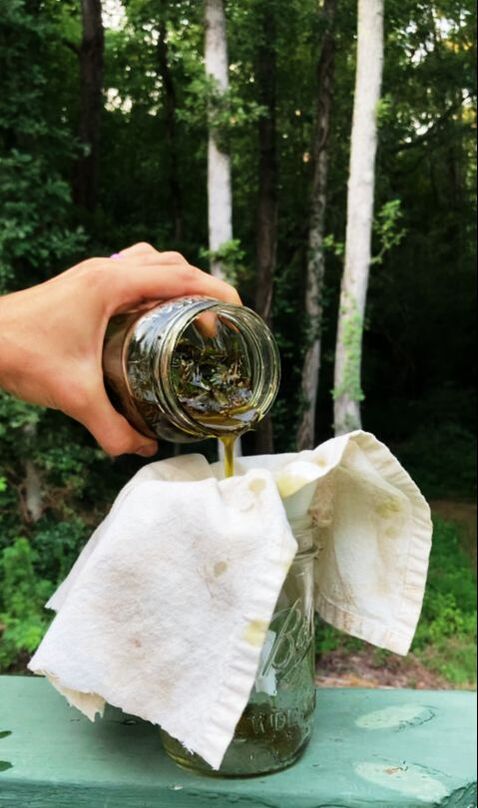



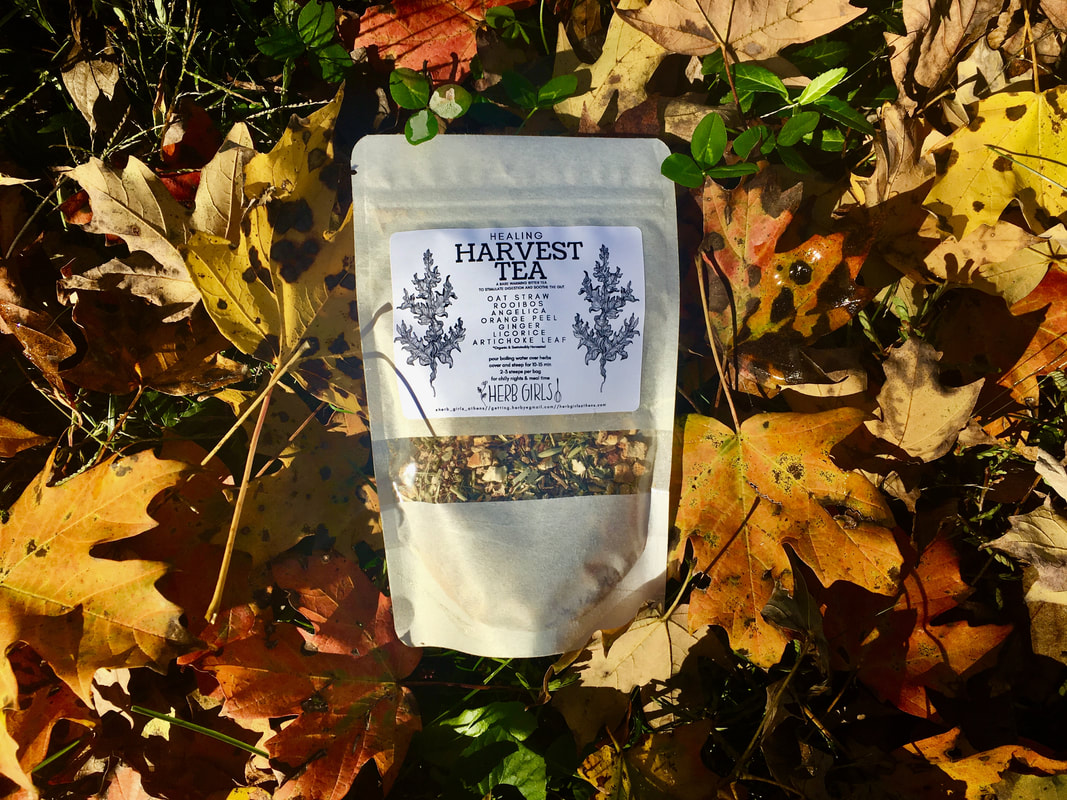

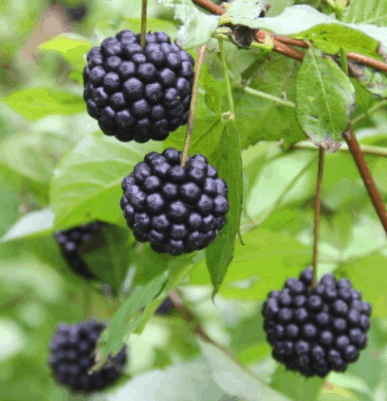
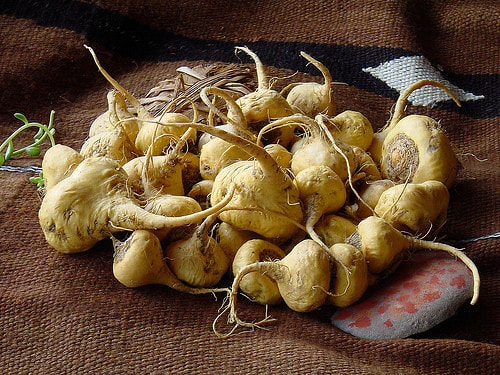
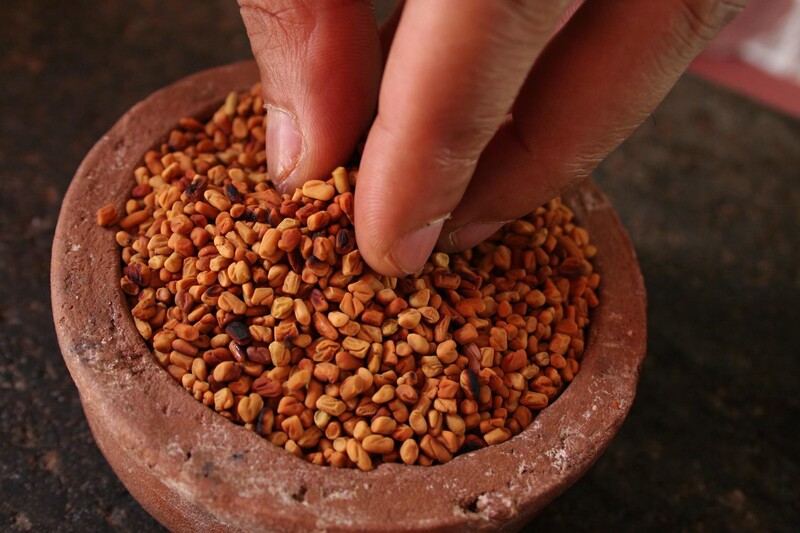
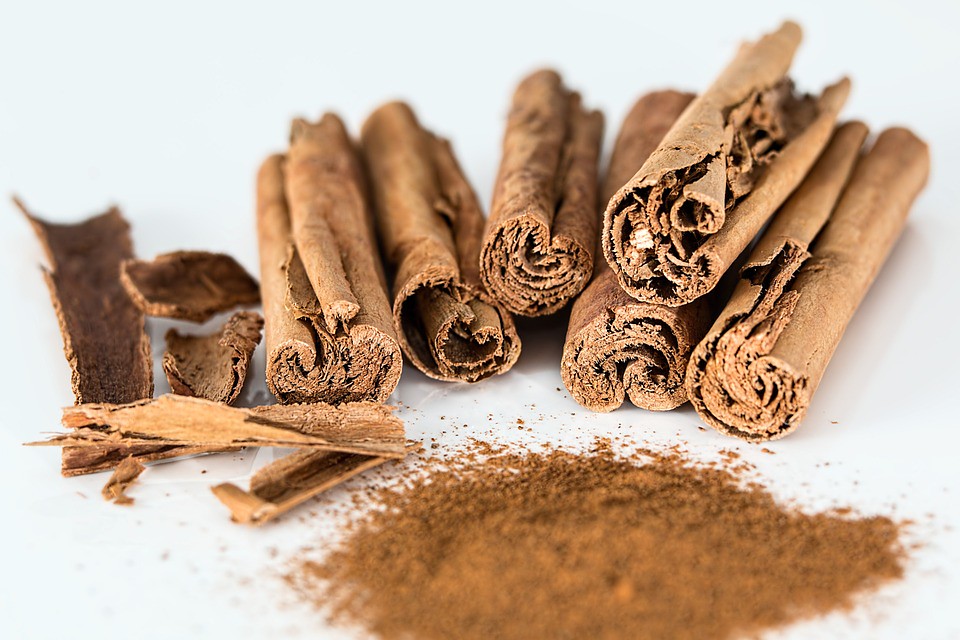
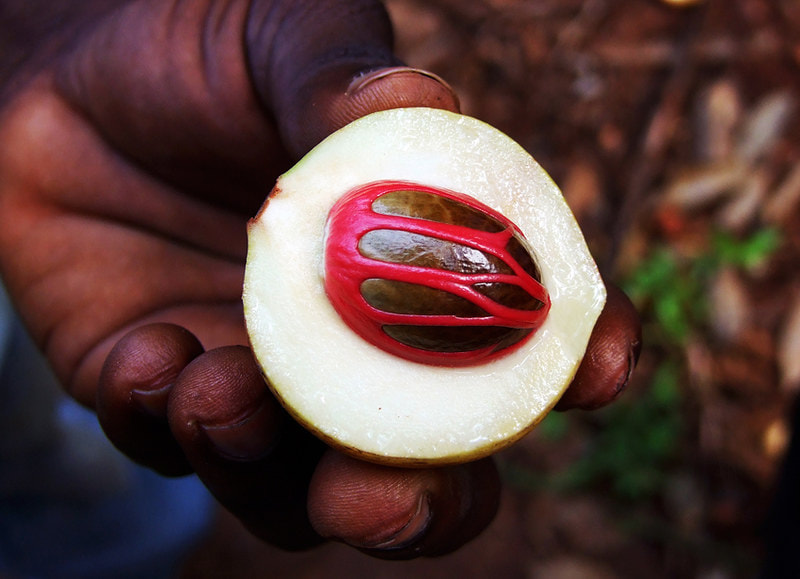




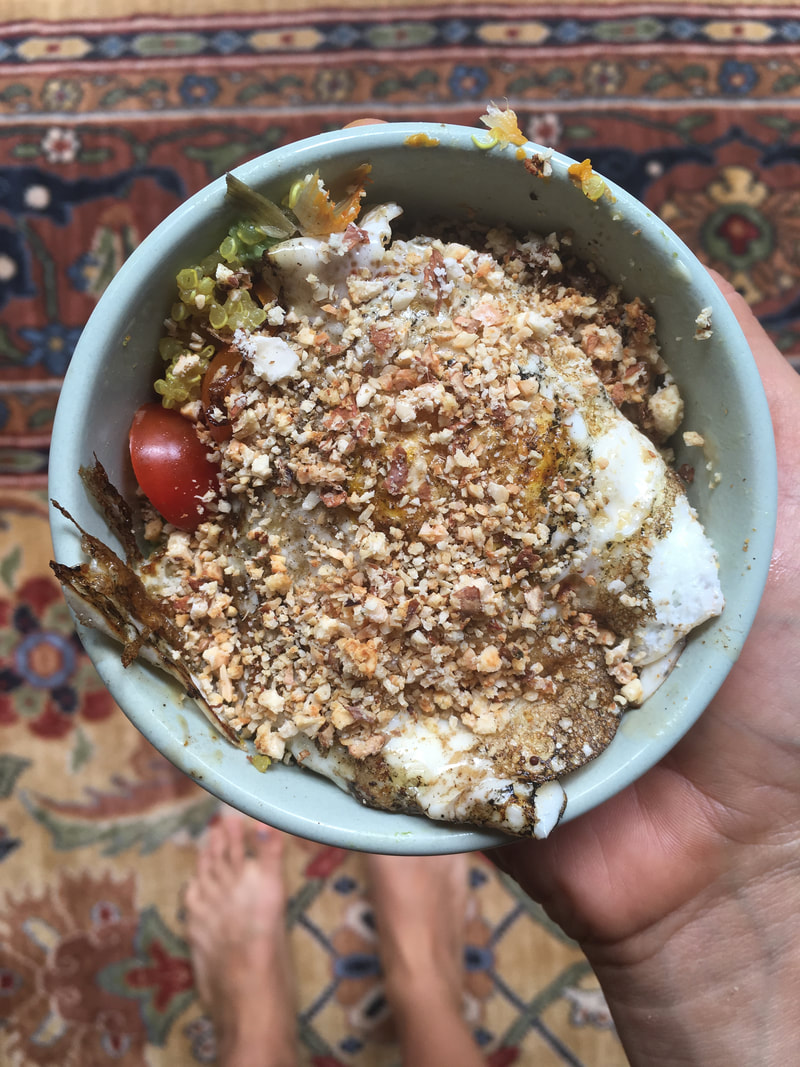


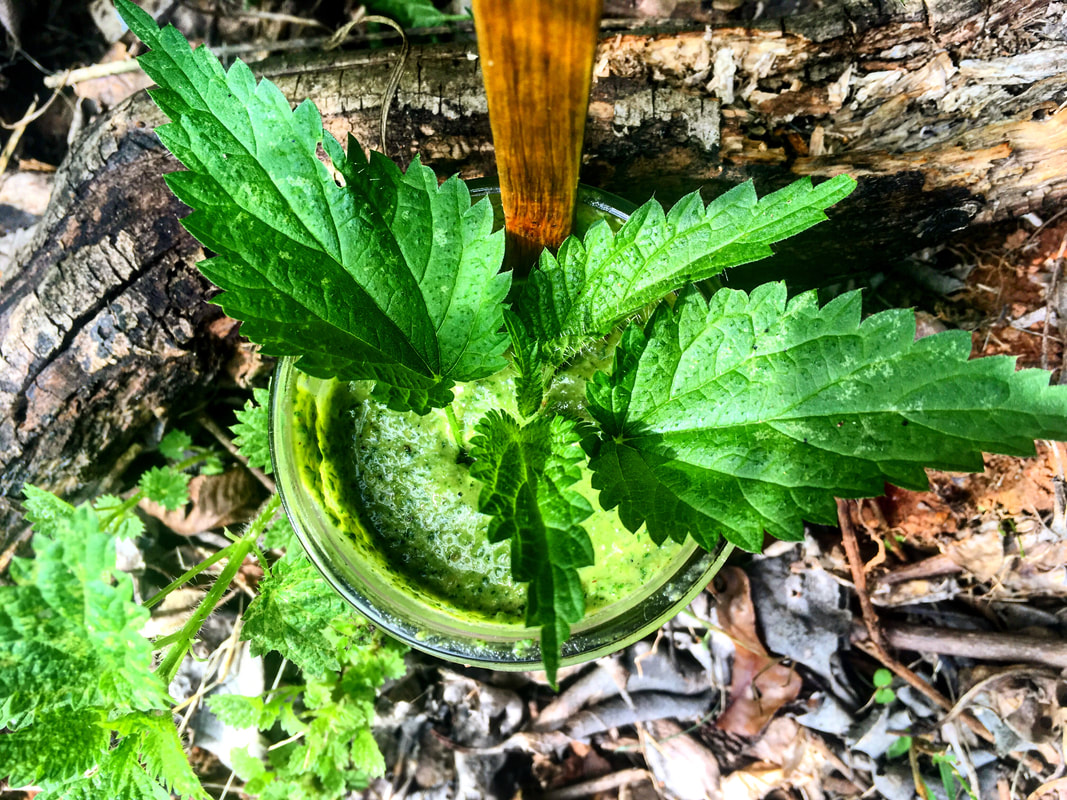
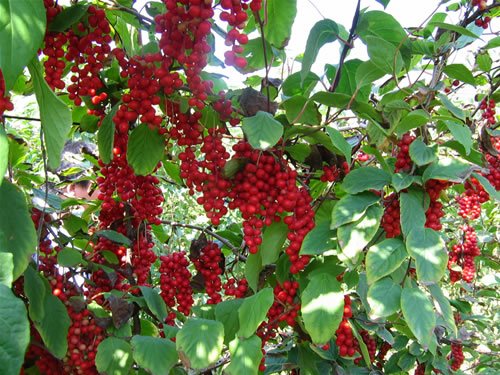

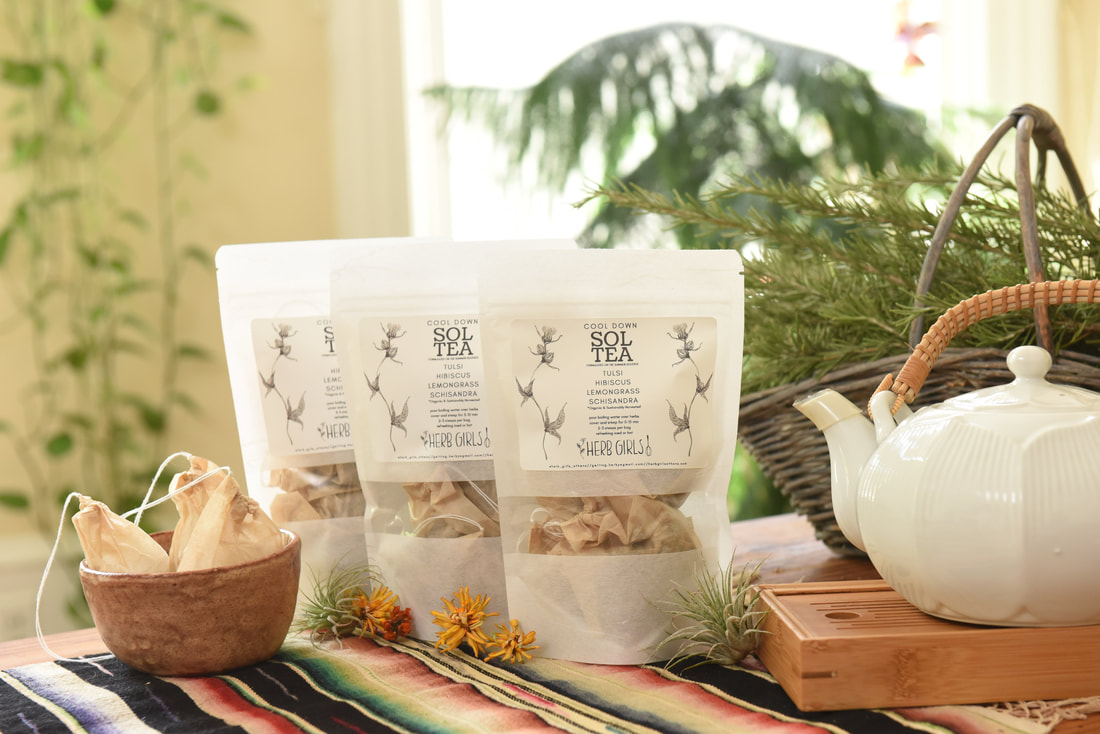


 RSS Feed
RSS Feed
